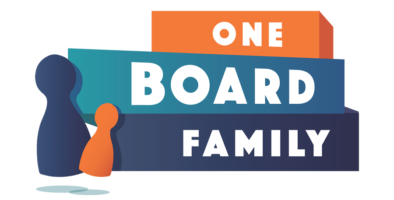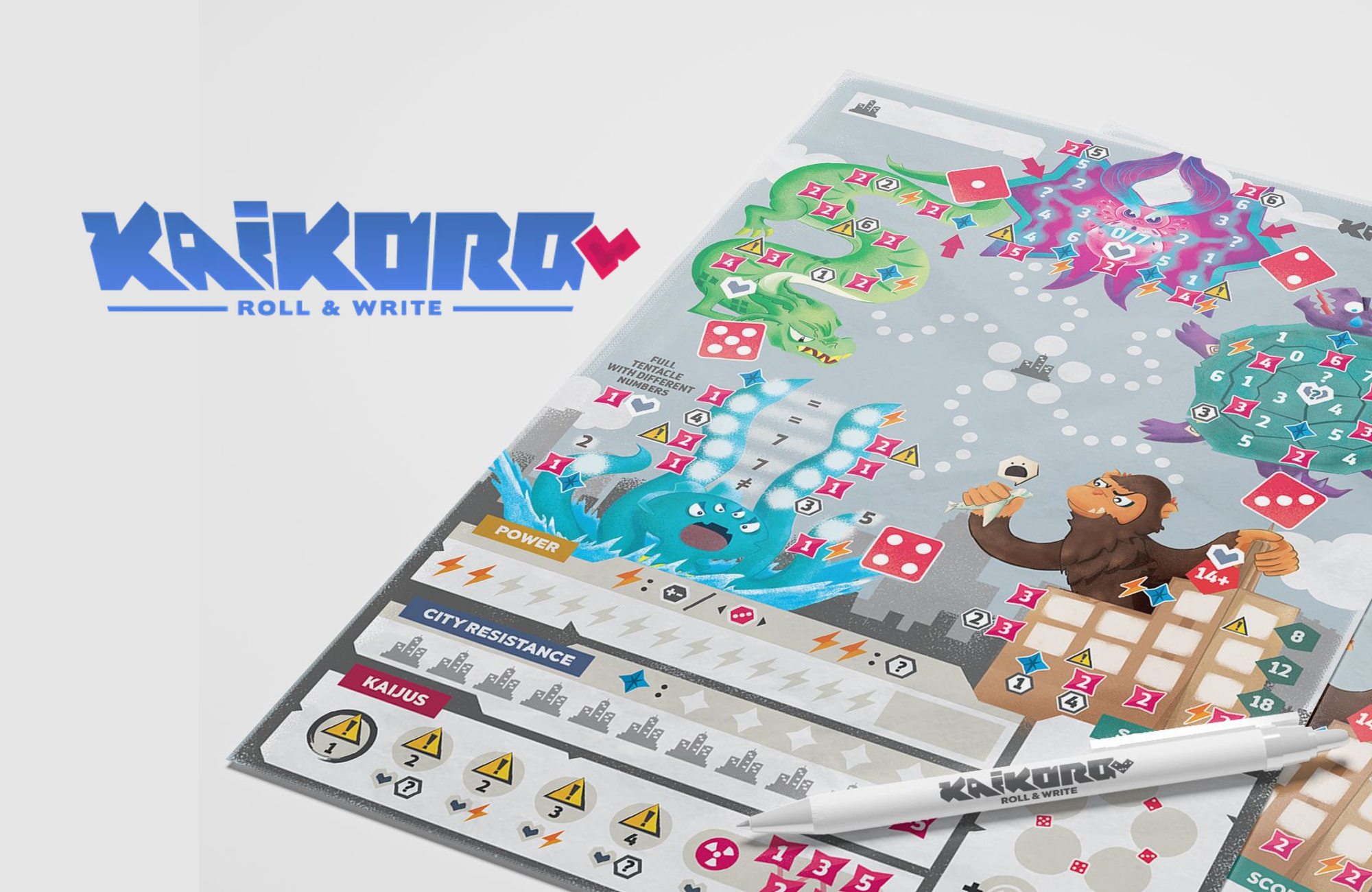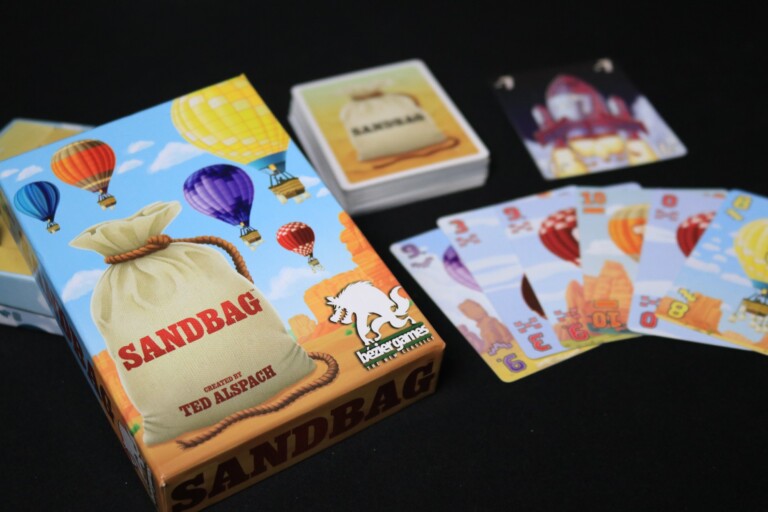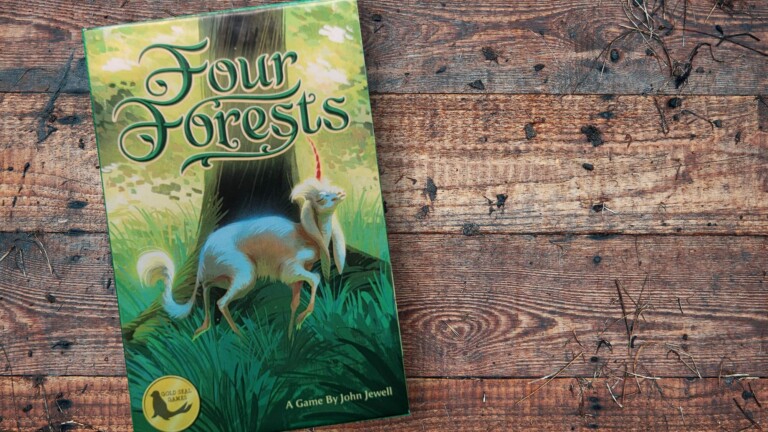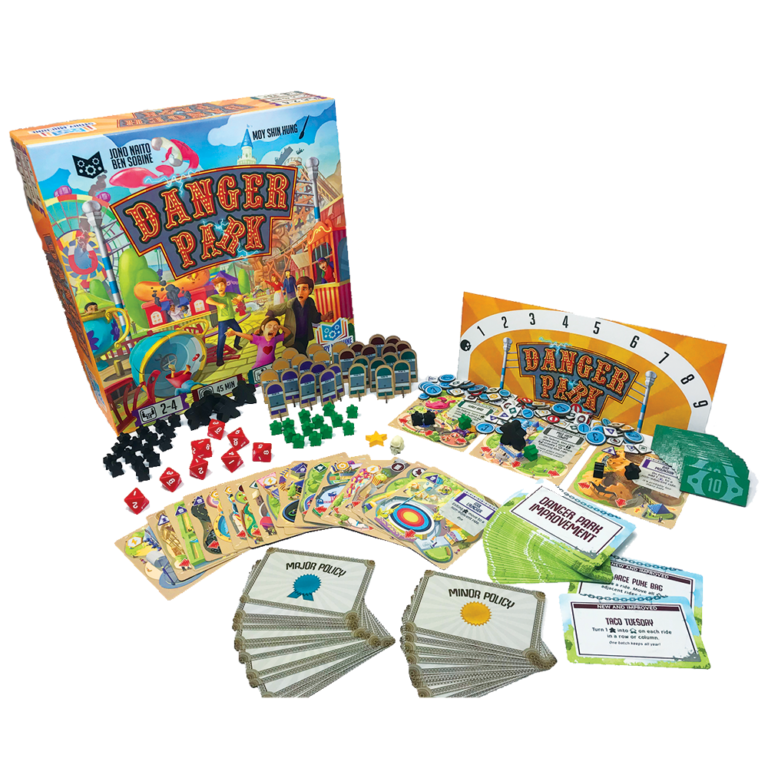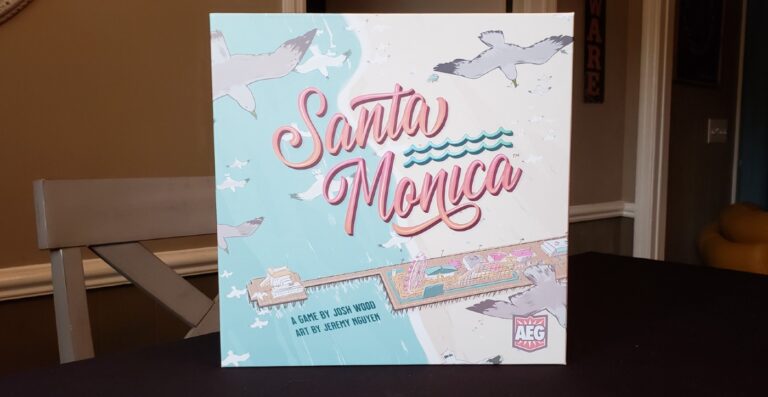Print-and-play games have become quite popular on Kickstarter, and the one sheet variety (think Welcome To, Aquamarine, or Three Sisters… okay, that has 2 sheets) have become my favorite type of game to back. They’re cheap, they get delivered to you much more quickly than a standard game, and they don’t take up any room on my shelves.
I’ve played several of these types of games in the past few months, hoping to do some mini-reviews or game testing along the way. Throughout this time, though, one game has stood out to me, and I always find myself drawn back to it.
Maybe it’s the artwork. Maybe it’s the simple but engaging rules. Or maybe it’s that a horrible giant squid has his massive tentacles wrapped around my waist.
Destroy all Monsters
Kaikoro is a print-and-play title released by RAWR! Games in 2022. Players are fighting against five terrifying Kaiju using – what else? – dice.

On a turn, one player will roll three dice. Two of the dice represent attack power, while the third die serves as the target die. The target die determines which two monsters you can choose to attack this turn, while the attack dice will help you begin your offensive.
Each Kaiju has a unique way that they must be defeated. The Wyvera, for instance, has you begin at its tail, and you move a number of spaces down its body equal to the die roll. You’ll have to get to the end of the chain to beat the monster. Chano (definitely not King Kong), on the other hand, requires you to fill out a grid so that each row and column adds up to its particular value. Fill out one particular column, and he’s down for the count.
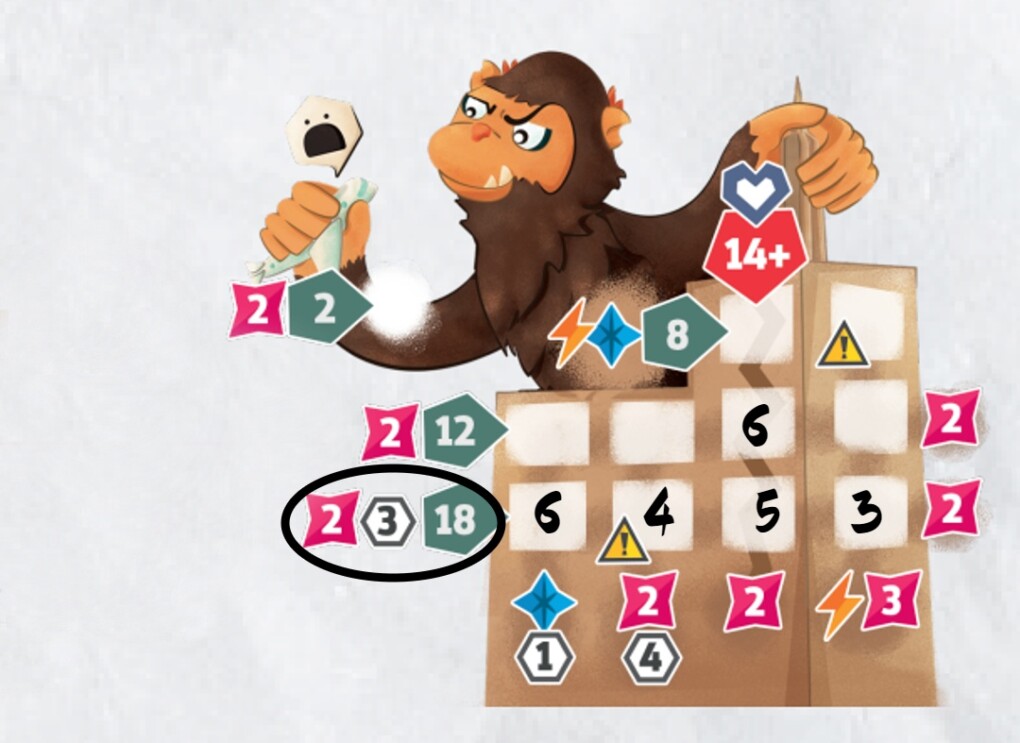
After players attack using their two dice, the kaiju get to take their turn. The target die is rolled again, and the monsters associated with that die get to move a few steps closer to the city. As the game goes along and you defeat monsters, the Kaiju get more desperate, taking bigger strides toward the city center each time. Once they get to the city, they begin attacking, and if they manage to cause 10 damage to your city, you lose!
Play continues until someone defeats all of the monsters. After that, the other players have a certain number of turns to get finished themselves, losing a few points along the way. Once everyone’s either defeated the monsters or been destroyed by nuclear warheads and/or kaiju, the game ends and the points are tallied.
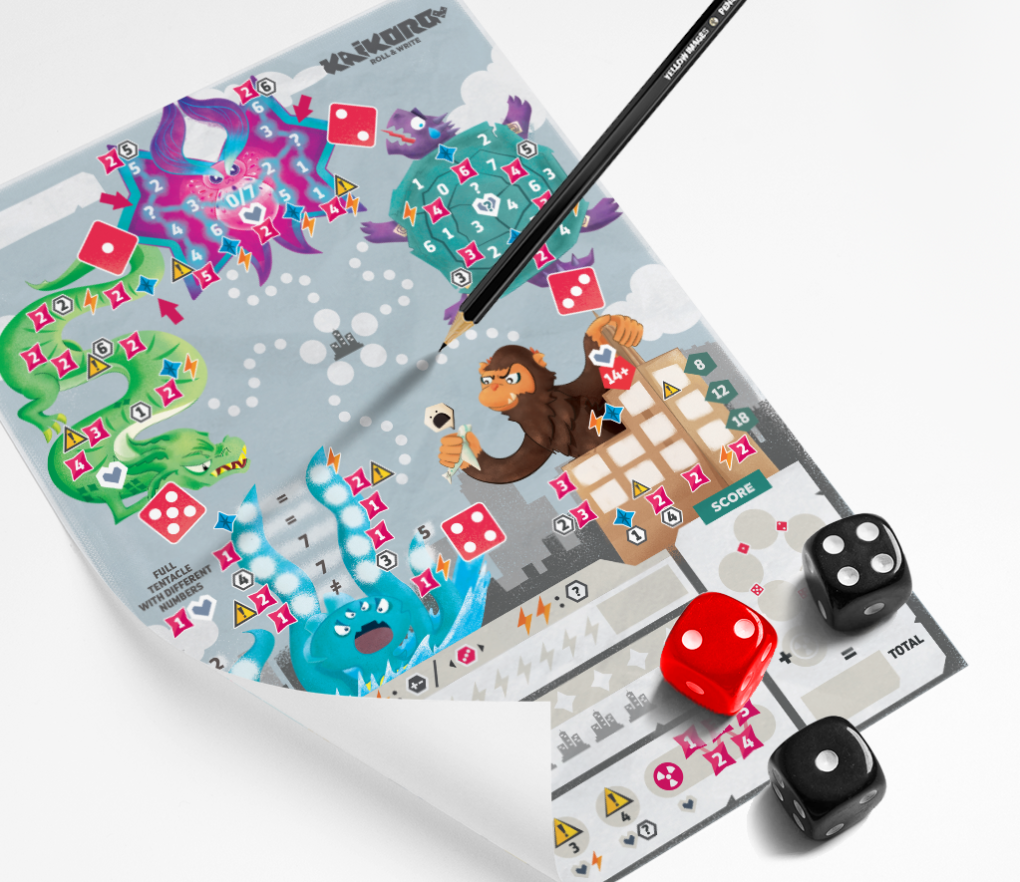
To the Victor Goes the Spoils
Oh, did I mention points? So yeah, each monster has different ways for you to earn points while you attack them. The Wyvern, for instance, will give points and bonuses at almost every stop along its back. The Mothstar, on the other hand, will give you points and bonuses only if you defeat certain spaces on the exterior of its wings.
This actually provides a very good balance to the game that makes the risk-taking feel more consequential. Some of the monsters could be defeated in just a few turns. However, you’ll be missing out on points, and you need those to beat the other players. At the same time, you have to make sure that the kaiju aren’t moving so close to the city center that you can’t do anything to stop their rampage. If the city center is destroyed, you’re out of the game, no matter how many points you have.

Fight the Monsters Over and Over Again
One thing that many of these types of games struggle with is replayability. With everything needing to be on one piece of paper, it can be challenging to add variety. This can be an even bigger issue in the solo mode, where you’re just trying to find the most efficient way to play. Once you find it, the thrill kinda leaves.
Kaikoro has avoided this pitfall with some additional variants and options. For the solo mode, this comes in the form of Heroes and Challenges cards. The Heroes give the player an additional skill or bonus to help them out. This could be a free action once per game, or a special ability that is triggered if you spend energy (one of the power-ups you can acquire).
Conversely, the Challenges will, obviously, challenge you a bit more. Some of the possibilities include forcing you to defeat the monsters in a certain order, or making them more powerful from the beginning of the game. These cards manage to alter the game just enough to where you’ll have to adjust your strategy with each new card.
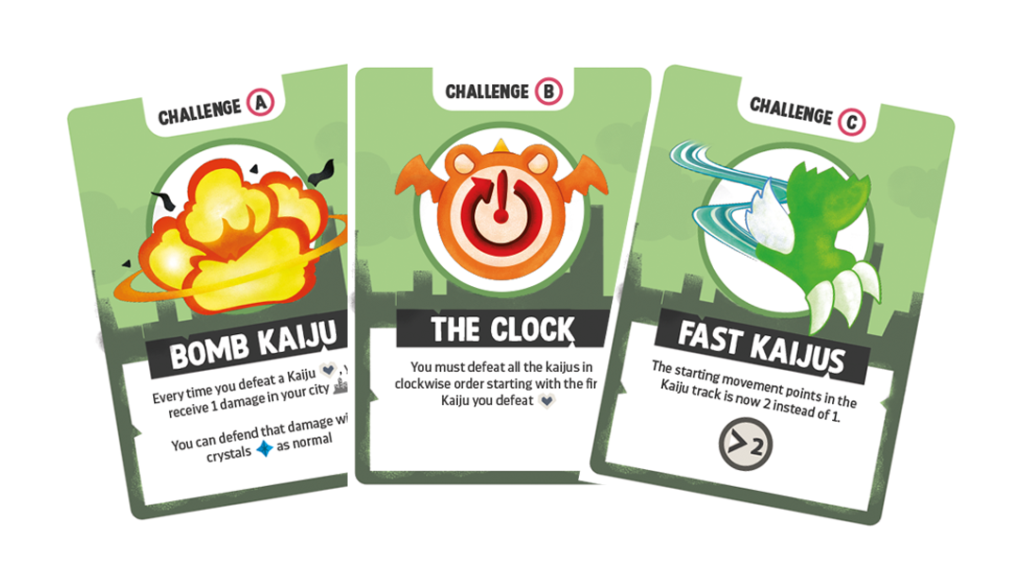
Sure, it means that the game needs a little more than a single piece of paper, but these features add a tremendous amount of variety to the gameplay. I backed the Kickstarter, and it has several additional cards so that I’ll never run out of combinations. But even with the base game, you’ll find enough variety to keep coming back.
Heroes & Hunters
For the multiplayer version, there are two variants you can play. Kaiju Hunter mode gives players bonuses for being the first one to defeat a monster. This makes the choice of taking the points versus defeating the kaiju even tougher.
There’s also Rescue Mode which adds a fourth die and an extra action choice. Now, you’ll have the opportunity to use crystals (power-ups that allow you to block attacks) to rescue civilians, earning more points. The addition of this little extra gamble adds a lovely extra wrinkle to the game, making it even more engaging.
Release the Kraken! (Because I Had to Write It Once…)
It feels odd to write a full review like this for a game that costs so little and doesn’t have much to it. But as I look back, it’s probably the game I’ve played the most in the past six months. For me, I just load it on my iPad, open a dice app on my phone, and I’m good to go. I’m hoping to be able to break it out with my family soon, as I’m sure they’ll enjoy it. It’s easy to learn, and it plays quickly. Plus, it has great artwork that is both functional and cool at the same time.
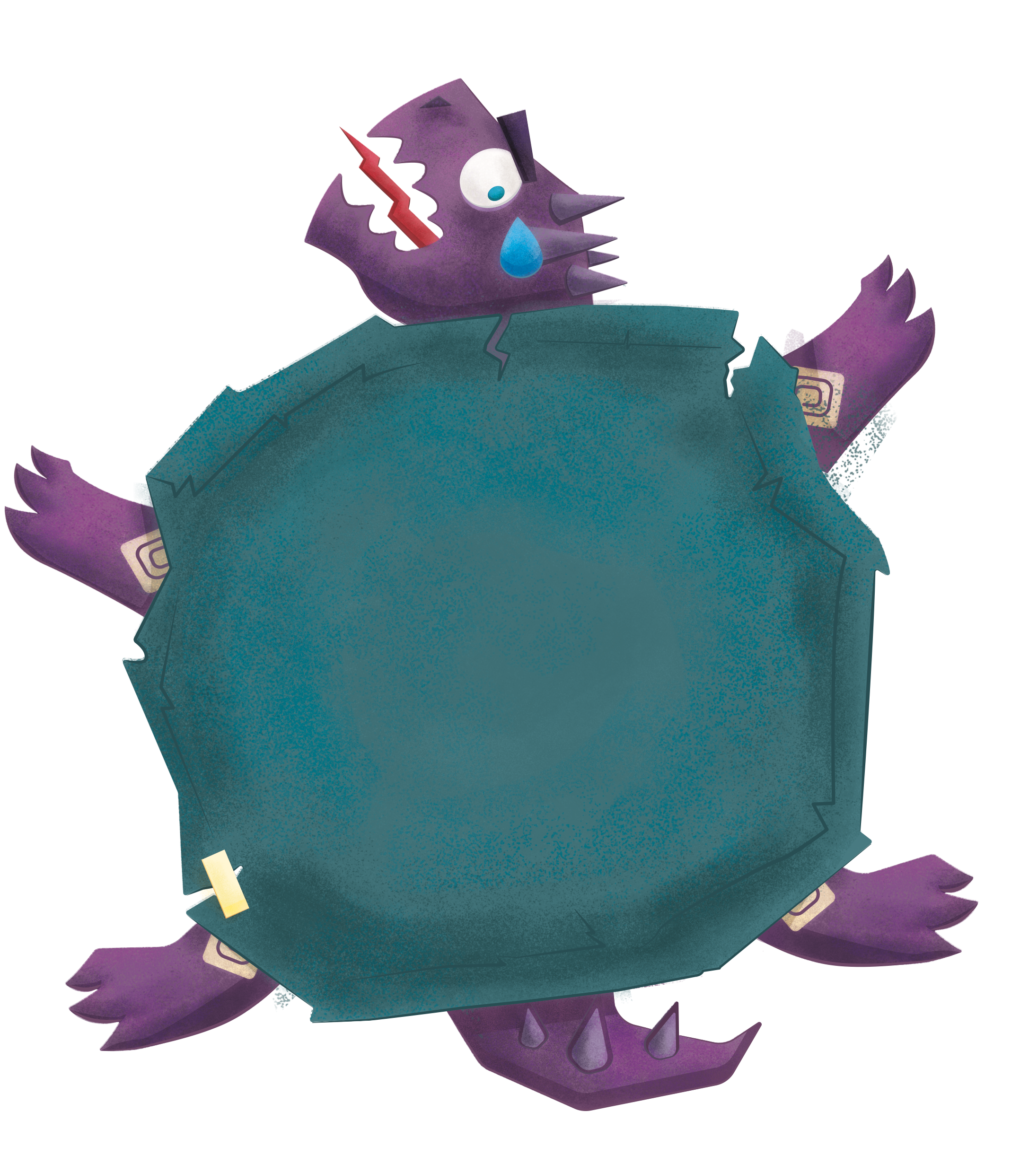
I think many people are hesitant to jump into the world of print-and-play games for fear that it just can’t be good enough. I recommend those people try out Kaikoro. It’s a fun, very well made game, and I’m sure that you and your gaming group will enjoy your time with it.
You can purchase Kaikoro on PNP Arcade. Learn more about the other roll and write games from RAWR! Games.
Highs
- Lots of variety
- So cheap!
- Good solo or with friends
- Easy to learn, quick to play
Lows
- You’ll have to print it or play it digitally
Complexity

Time Commitment

Replayability

